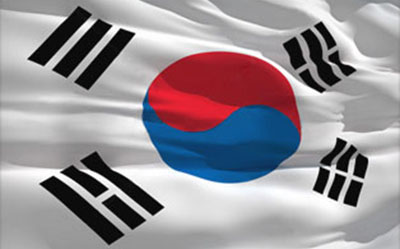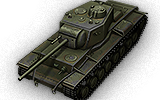Select your region to log in.
Crew:
- Commander
- Radio Operator
- Driver
- Gunner
- Loader
- Loader
Advantages:
- Heavily armored hull sides and thick tracks. Excellent for sidescraping.
- High mass makes it resistant to being rammed, and also makes it a good rammer
- Unreal ability to soak up damage (even artillery shells sometimes seem to just get absorbed)
- Long 107mm gun is pretty accurate for a Russian gun, premium shells have very high penetration values
- High HP
Disadvantages:
- Low view range and very bad mobility
- Armor is mostly unsloped, making it especially vulnerable to gold shells. Huge silhouette
- Excruciating stock grind with expensive to research modules that do not carry over to successor tank
- Long aim time (3.4 seconds) and bad DPM
- Turret its a weakspot by itself
Tank description:
The KV-4 is a Soviet tier 8 heavy tank.The project of N. L. Dukhov developed in April 1941. A prototype was to be produced by November 1941. However, the work was discontinued due to the outbreak of the Soviet–German war.It is in many ways the antithesis of the IS-3 - it is slow but heavily armored, just like the KV-5, and has the same pitiful turret traverse speed. This ensures that the KV-4 is ill-suited to defend against flankers or circling tanks. While it does have 180mm of frontal armor, it is nearly unsloped and it is recommended that the hull of the tank be angled to maximize its effect and make use of the sturdy sides. The long 107mm''s penetration and damage are comparable to those of German long 105mm from the Tiger II and it is relatively accurate. While the gun may be accurate it is NOT to be used as a sniper. This tank weighs over a 100 tons, roughly 53% of the Maus''s weight and only 29 tonnes lighter than the E-100 . The weight ensures that any tanks that dare ram this tank will receive a harsh punishment.The KV-4 leads to the ST-I.
The project of N. L. Dukhov developed in April 1941. A prototype was to be produced by November 1941. However, the work was discontinued due to the outbreak of the Soviet–German war.

 Русский
Русский English
English Russian region
Russian region North-american region
North-american region European region
European region Asia region
Asia region Korean region
Korean region


 53 000
53 000
 1 390 000
1 390 000



